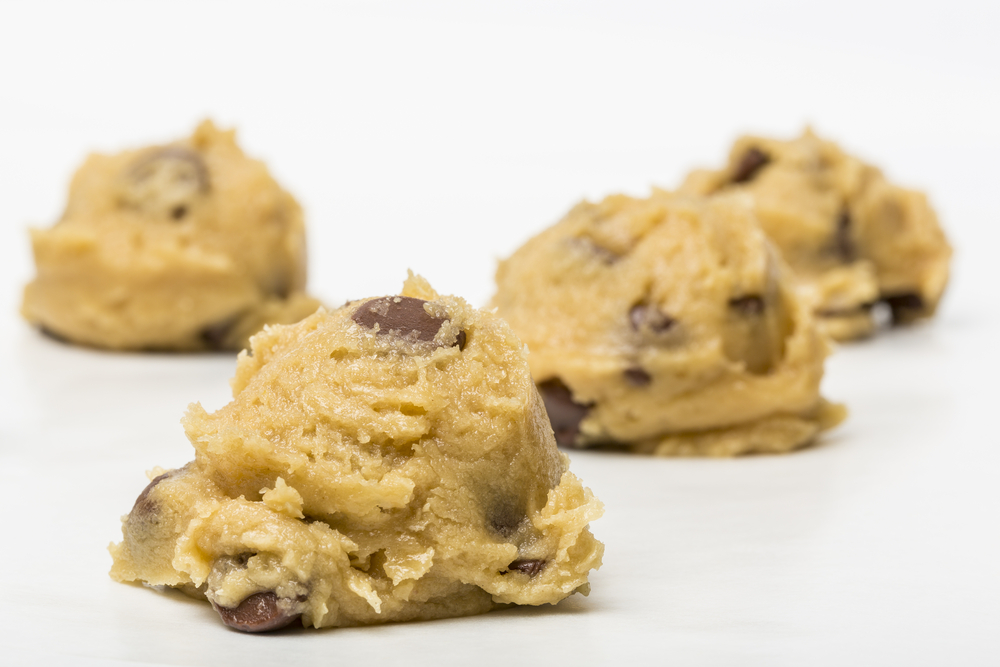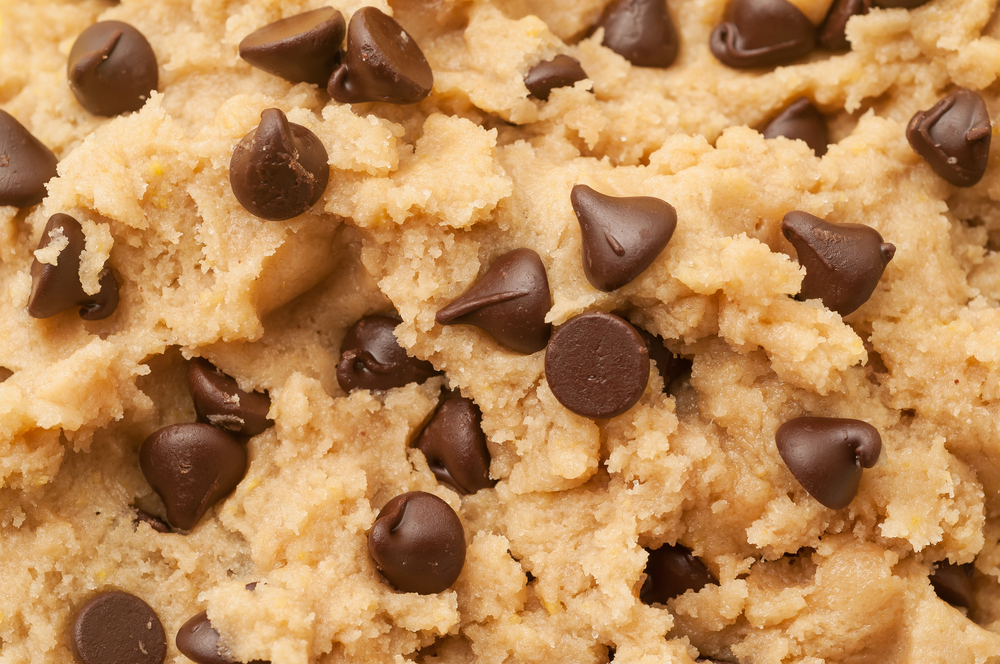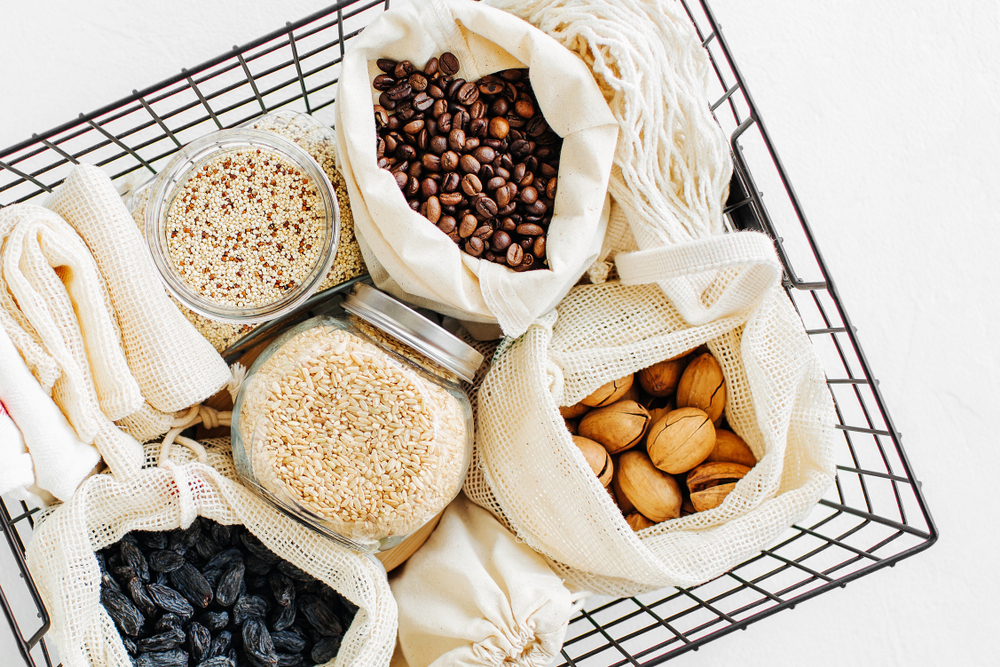As a cookie lover, I know how disappointing it can be to find your favorite cookies stuck in the freezer. While cookies can be stored in the freezer for months, reheating them can be tricky.
Reheating frozen cookies can result in dry and crumbly cookies if not done correctly. In this article, I will guide you through the best ways to reheat frozen cookies to keep them moist and delicious.
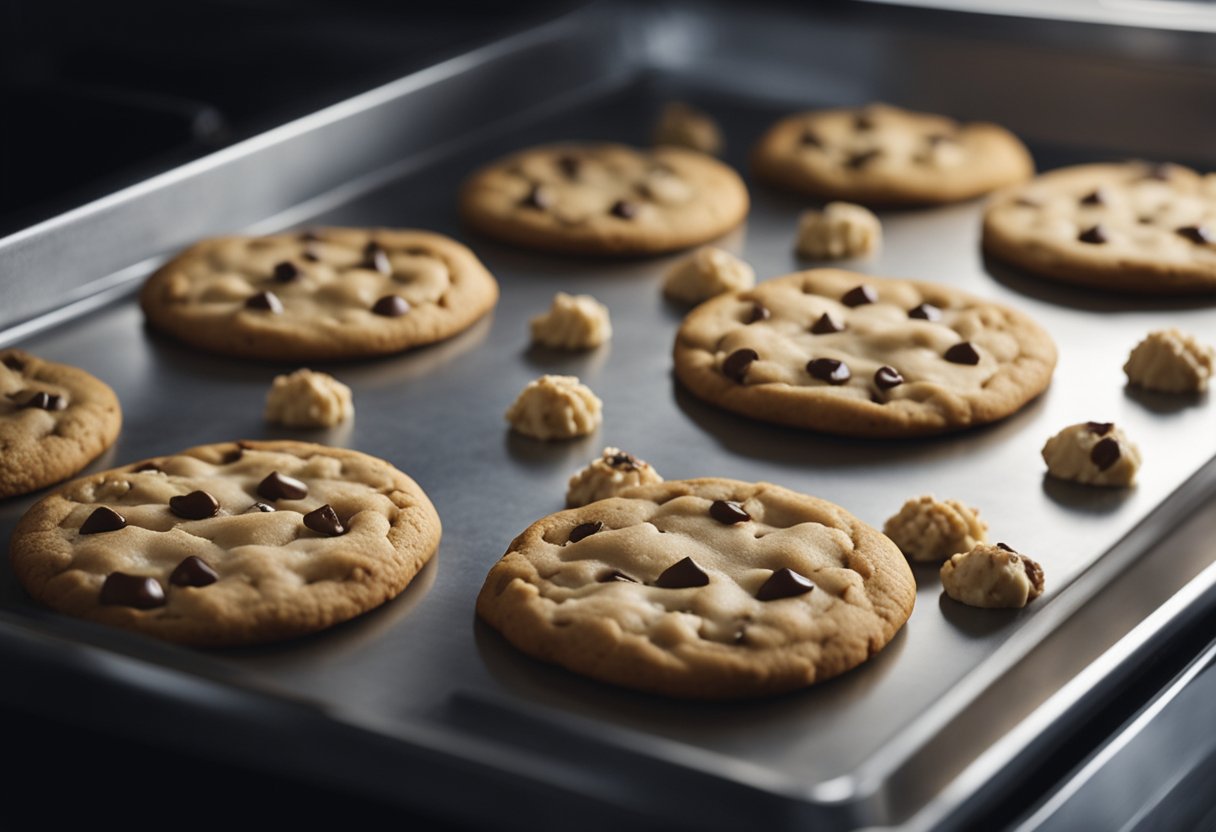
Before reheating frozen cookies, it is important to prepare them properly. Take the cookies out of the freezer and let them thaw at room temperature for about 15-20 minutes. This will prevent them from cracking or breaking while reheating.
Once the cookies have thawed, you can proceed with reheating them in the oven, microwave, or other alternative methods.
Reheating frozen cookies in the oven is the best method to maintain their quality and texture. However, microwaving and alternative methods can also work if done correctly.
In the following sections, I will explain each method in detail, along with tips to maintain the quality and texture of your cookies.
Key Takeaways
- Preparing the frozen cookies before reheating is crucial to maintain their quality and texture.
- Reheating frozen cookies in the oven is the best method to maintain their texture and flavor.
- Microwaving and alternative methods can also work if done correctly.
Preparing to Reheat Frozen Cookies
Before reheating frozen cookies, it is essential to take a few steps to ensure that they turn out perfect.
Here are some things to keep in mind:
Thawing Cookies
The first step in reheating frozen cookies is to thaw them properly. If you try to reheat frozen cookies without thawing them first, you may end up with unevenly heated cookies.
To thaw frozen cookies, take them out of the freezer and leave them at room temperature for about 30 minutes. If the cookies are still frozen, you can leave them out for another 10-15 minutes.
Alternatively, you can also thaw frozen cookies in the refrigerator overnight. Place the cookies in an airtight container or wrap them in plastic wrap before putting them in the fridge. This method is ideal if you’re planning to reheat the cookies the next day.
Gathering Necessary Equipment
To reheat frozen cookies, you’ll need a few essential pieces of equipment. Here’s what you’ll need:
- Cookie Sheet: A cookie sheet is a flat baking pan that is used to bake cookies. It’s essential to use a cookie sheet when reheating frozen cookies as it ensures even heat distribution.
- Parchment Paper: Parchment paper is a non-stick paper that is used to line baking sheets. It’s ideal for reheating frozen cookies as it prevents them from sticking to the pan.
- Aluminum Foil: Aluminum foil is a thin, flexible sheet of metal that is used for wrapping food. It’s ideal for reheating frozen cookies as it helps to retain moisture.
Make sure you have all the necessary equipment before you start reheating your frozen cookies. This will help ensure that the process goes smoothly and that your cookies turn out perfect.
Reheating Cookies in the Oven
When it comes to reheating frozen cookies, the oven method is a popular choice. Here’s how to do it:
Oven Preheating
Before you start reheating the cookies, preheat your oven to 350°F (180°C). It’s important to preheat the oven to ensure even heat distribution and prevent the cookies from overcooking or burning.
Using Baking Sheets
To reheat the frozen cookies in the oven, you’ll need to place them on a baking sheet. There are a few options for baking sheets:
- Parchment Paper: Place the cookies on a sheet of parchment paper to prevent sticking and make clean up easier.
- Aluminum Foil: If you don’t have parchment paper, you can use aluminum foil instead. Just be sure to spray the foil with non-stick cooking spray to prevent sticking.
- Non-Stick Baking Sheet: If you have a non-stick baking sheet, you can place the cookies directly on the sheet without any additional lining.
Once you’ve chosen your baking sheet option, arrange the frozen cookies on the sheet with enough space between each cookie for even heat distribution.
Reheating the Cookies
Now it’s time to put the baking sheet with the cookies in the preheated oven and bake for approximately 10-12 minutes. Keep an eye on them to prevent over-baking, as every oven is different.
When the cookies are done, remove them from the oven and let them cool for a few minutes before serving. Enjoy your freshly reheated cookies!
Overall, the oven method is a great way to reheat frozen cookies. It’s easy, efficient, and produces great results. Just be sure to preheat your oven, choose the right baking sheet, and keep an eye on the cookies while they’re baking.
Microwave Reheating Method
When reheating frozen cookies in the microwave, there are a few things to keep in mind to ensure they come out perfectly.
The microwave method is quick and convenient, but it can also dry out the cookies if not done correctly. Here are some tips to help you reheat frozen cookies in the microwave.
Microwave Settings
The first step is to set your microwave to the appropriate power level. It’s best to use a lower power setting, such as 50% power, to prevent the cookies from drying out. Microwave the cookies for 10-15 seconds at a time, checking them after each interval to make sure they’re not getting too hot.
Moisture Retention Techniques
To prevent the cookies from drying out, it’s important to use moisture retention techniques when reheating them in the microwave.
One way to do this is to place a damp paper towel over the cookies before microwaving them. The paper towel will help to trap moisture and prevent the cookies from becoming dry and crispy.
Another option is to place a microwave-safe plate of water in the microwave with the cookies. The steam from the water will help to keep the cookies moist and prevent them from drying out.
Be sure to use a microwave-safe plate and not a regular plate, as the heat from the microwave can cause non-microwave-safe plates to crack or break.
In conclusion, the microwave method is a quick and convenient way to reheat frozen cookies, but it can also dry them out if not done correctly.
By using a lower power setting and moisture retention techniques such as a damp paper towel or a plate of water, you can ensure that your cookies come out perfectly every time.
Alternative Reheating Methods
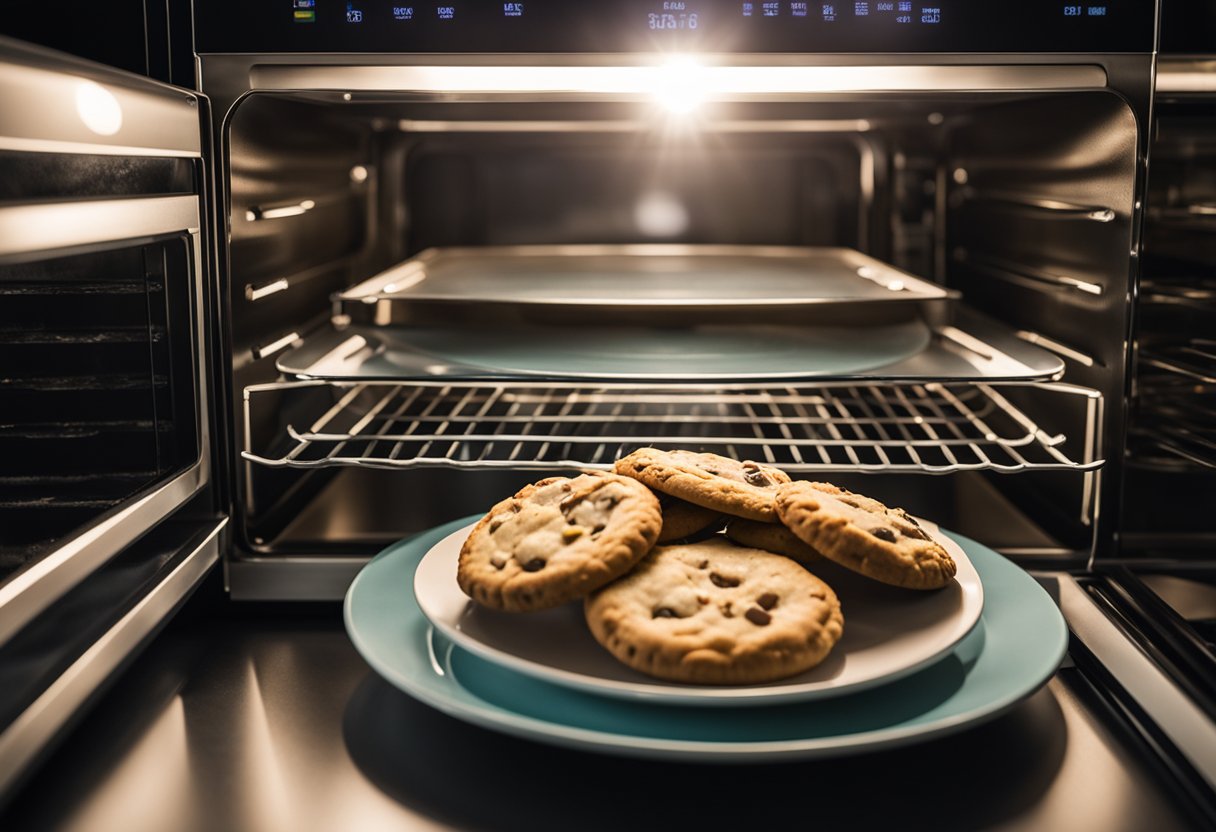
When it comes to reheating frozen cookies, there are several methods you can use to achieve the perfect texture. In addition to the oven and microwave, you can also use a toaster oven, skillet, or air fryer to reheat your cookies.
Using a Toaster Oven
If you have a toaster oven, it can be a convenient tool for reheating frozen cookies. Preheat the toaster oven to 350°F (175°C) and place the cookies on a baking sheet or directly on the toaster oven rack.
Heat them for about 5-7 minutes or until they are warmed through and slightly crispy. This method works best for chewy cookies.
Skillet Method
Another way to reheat frozen cookies is by using a skillet. Heat the skillet over medium-high heat and place the cookies in the skillet. Cook them for about 1-2 minutes on each side or until they are warmed through. This method is best for gooey cookies.
Air Fryer Technique
If you have an air fryer, you can use it to reheat frozen cookies as well. Preheat the air fryer to 350°F (175°C) and place the cookies in the basket.
Cook them for about 3-4 minutes or until they are warmed through and slightly crispy. This method works well for both chewy and gooey cookies.
Overall, these alternative reheating methods can be a great way to achieve the perfect texture for your frozen cookies.
Whether you prefer chewy or gooey cookies, there is a method that will work for you. Just be sure to keep a close eye on your cookies to avoid overcooking them.
Maintaining Quality and Texture
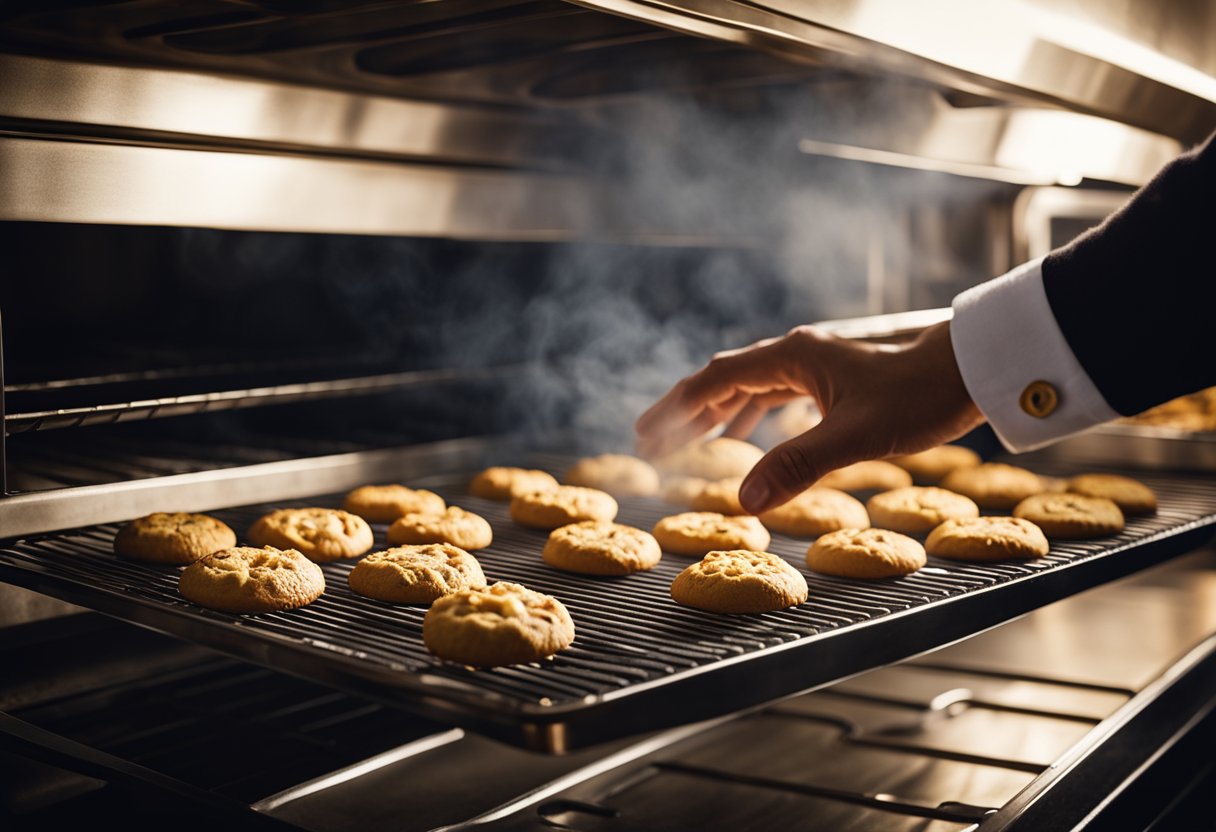
As a cookie lover, I understand the importance of maintaining the quality and texture of freshly baked cookies. Reheating frozen cookies can be a simple process that can bring back the fresh-baked taste and texture you love.
However, it is important to take the necessary steps to ensure that the cookies don’t become overcooked or dry during the reheating process.
Avoiding Overcooking
Overcooking can cause the cookies to lose their chewy texture and become dry and hard. To avoid overcooking, it is important to keep a close eye on the cookies while reheating them. One of the best ways to reheat cookies is in the oven.
Preheat your oven to 350°F (180°C). Next, put your cookies on a cooling rack with a tray of water underneath. Reheat the cookies for 5 to 10 minutes. You can also spritz the cookies with water and cover them with foil to keep them moist. Serve immediately.
Storing Leftover Cookies
Storing leftover cookies properly is key to maintaining their quality and texture. If you have leftover cookies, it is important to store them in an airtight container to prevent them from becoming stale. You can also freeze the cookies for later use.
To freeze cookies, place them in an airtight container or freezer bag and make sure to remove as much air as possible to prevent freezer burn.
When you’re ready to enjoy the cookies, simply remove them from the freezer and let them thaw at room temperature for a few hours before reheating them.
In summary, reheating frozen cookies can be a simple process that can bring back the fresh-baked taste and texture you love.
To maintain the quality and texture of the cookies, it is important to avoid overcooking and store leftover cookies properly in an airtight container or freezer bag to prevent them from becoming stale or freezer burned.
Frequently Asked Questions
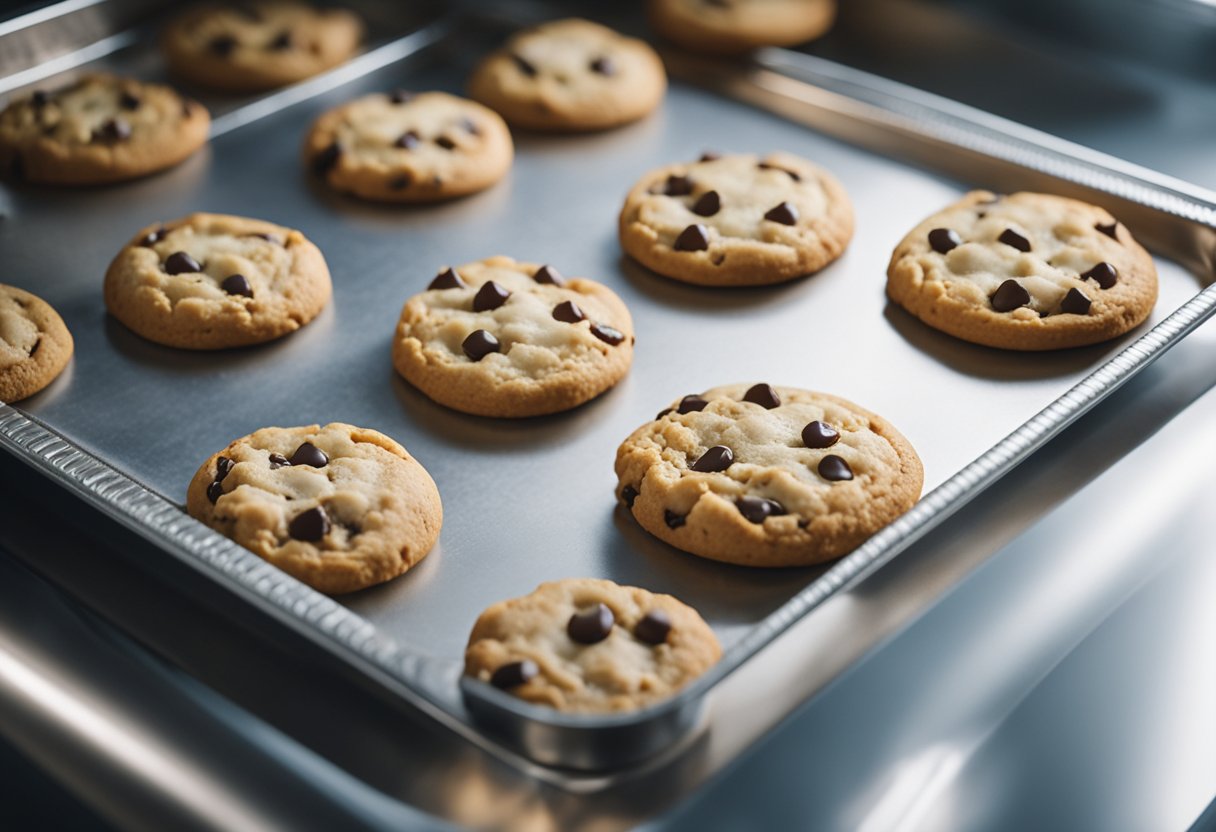
What is the optimal temperature for reheating cookies in a conventional oven?
When reheating cookies in a conventional oven, the optimal temperature is between 300 and 350 degrees Fahrenheit. This will allow the cookies to heat up slowly and evenly, preventing them from becoming too dry or crispy.
Can you use a microwave to soften cookies, and if so, how?
Yes, you can use a microwave to soften cookies, but it’s important to do it properly to avoid overheating or burning them.
To soften cookies in the microwave, place them on a microwave-safe plate and heat them for 10-15 seconds on medium power. Check them after 10 seconds to make sure they are not overheating. Repeat the process until they are slightly softened.
Is it possible to reheat cookies in a pan without burning them?
Yes, you can reheat cookies in a pan without burning them by using a low heat setting. Place the cookies in the pan and heat them for a few minutes on each side until they are warm and slightly crispy. Be sure to watch them carefully to prevent burning.
What are the steps to defrosting baked cookies quickly and safely?
To defrost baked cookies quickly and safely, remove them from the freezer and place them on a plate or tray. Leave them at room temperature for 15-20 minutes to allow them to thaw slightly.
Then, place them in a preheated oven at 300-350 degrees Fahrenheit for 5-10 minutes or until they are fully thawed and warm.
How long should you reheat cookies in an air fryer to maintain their texture?
To maintain the texture of cookies when reheating them in an air fryer, it’s best to reheat them for a short amount of time at a low temperature.
Preheat the air fryer to 300 degrees Fahrenheit and place the cookies in the basket. Heat them for 2-3 minutes or until they are warm and slightly crispy.
What’s the best method to reheat various types of cookies, such as chocolate chip or Crumbl, to ensure they stay soft?
The best method to reheat various types of cookies, such as chocolate chip or Crumbl, is to use a low temperature and a short amount of time.
Preheat the oven to 300-350 degrees Fahrenheit and place the cookies on a baking sheet. Heat them for 5-10 minutes or until they are warm and slightly softened. Be sure to watch them carefully to prevent overcooking.


